
13 Best Bug Tracking Tools
Bugs are a common occurrence in software development. Several factors can cause them and have various effects on the application. A bug or defect-tracking tool is the only way to track and manage software bugs.
Bug tracking tools are vital to software development. They help teams track various bugs and their status and maintain a central repository for all the bugs found. Let’s examine the best issue-tracking tools for identifying, organizing, and prioritizing software bugs.
What is Bug Tracking?
Bug tracking is identifying, documenting, and resolving defects or issues in software or other systems.
A bug tracking tool records the details of any bugs or defects found, such as the bug's severity, priority, status, and who reported it. It also tracks the changes made to fix the bug and which version of the product was affected by it. There are various types of bug-tracking tools, such as:
- Issue tracking systems
- Bug reporting tools
- Bug management software
- Test case management software
- Defect tracking systems
- Issue management systems
Both developers and customers can use a bug-tracking or issue-tracking system. It can be used to keep track of new bugs, old bugs, and specific bugs, such as crashes, UI issues, or performance problems.

What is a Bug Tracking Process?
Bug Tracking Tools are issue-tracking systems, defect trackers, or problem-management tools. Bug tracking process typically involves the following steps:
- Identifying the bug: A user encountering an error or a tester looking for defects could identify the bug.
- Documenting the bug: The bug is usually documented in a bug report, which includes a description of the issue, the steps to reproduce it, and any relevant information, such as error messages or log files.
- Assigning the bug: The bug report is usually assigned to a developer or team responsible for fixing it.
- Fixing the bug: The developer(s) work on identifying the root cause of the issue and implementing a solution.
- Testing the fix: The fix is usually tested to ensure that it resolves the issue and does not introduce new ones.
- Closing the bug: If the fix is successful, the bug report is closed, and the bug is considered resolved.
Bug tracking is an important part of the software development process. It helps organizations identify and resolve defects promptly and effectively, and it also helps them maintain the quality and reliability of their software or systems.
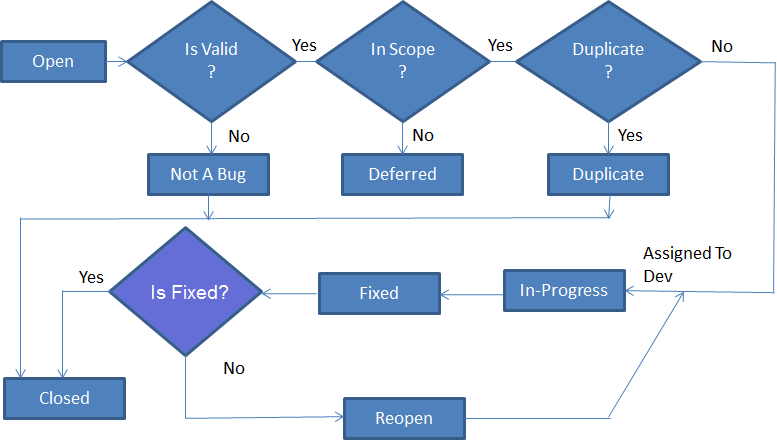
The Benefits of Using Bug Tracking Tools
Here are the important benefits of using a bug-tracking tool.
- Save Time: With bug tracking tools, developers can spend less time looking for bugs in code because they can find them faster with the help of these tools.
- Increased Accountability: Bug tracking tools can help ensure defects are addressed promptly and systematically by allowing team members to assign tasks and set deadlines.
- Make it Easier to Track Bugs: Bug tracking tools with integrations to tools like Jira, allow you to track bugs from start to finish, making it easy for developers and testers alike to see where a bug originated, who found it, what needs fixing, etc.
- Keep A Centralized System: Bug tracking tools help track all bugs simultaneously while providing a centralized system for reporting and assigning tasks to team members.
- Enhanced Collaboration: Bug tracking tools can facilitate collaboration between team members by allowing them to share information and communicate about issues transparently and organized.
- Easy to Prioritize Bugs: Identifying and fixing the most critical bugs is essential. Bug tracking tools can provide an overview of the status and progress of defects, which helps stakeholders make informed decisions around prioritizing bugs.
- Enhanced Product Quality: By tracking and resolving defects, companies improve the quality and reliability of their products, which can lead to increased customer satisfaction.
Top 13 Best Bug Tracking Tools
We list the top bug-tracking and defect-management tools below.
1. Rapidr
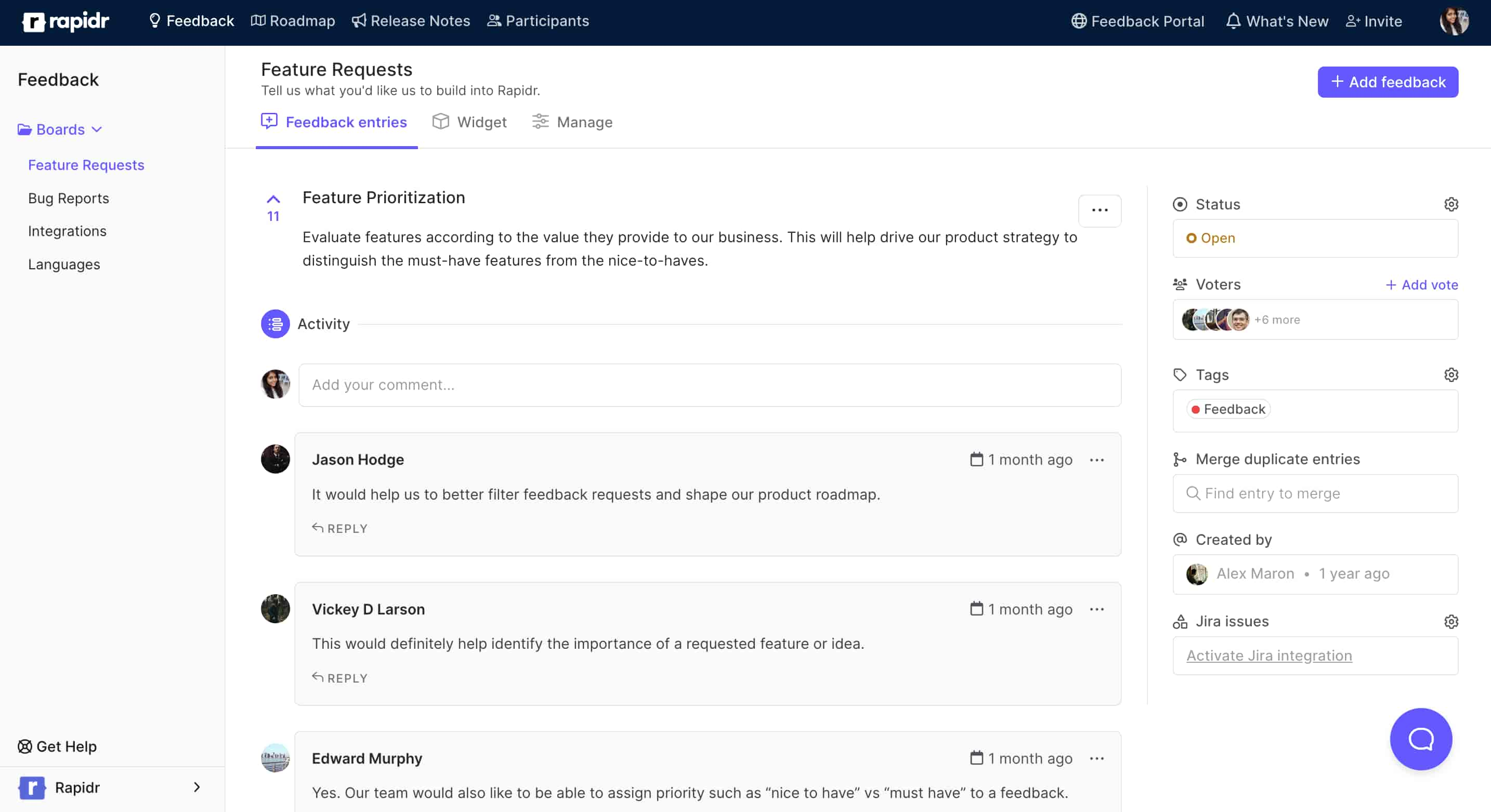
Rapidr is a customer feedback and bug-tracking tool that helps capture, record, manage, and resolve user bugs and issues in an agile development cycle to ship bug-free products. Create a single source of truth of all bug and issue types to deliver value to your customers with Rapidr's bug and issue tracking tool.
Pricing
Rapidr's pricing starts at $49/month, including unlimited admins and all the essential features to get you started in the basic plan.
Use Cases
Bug tracking tool, Idea voting tool, online voting tool, feature voting software, feature request tracking system, and product feedback tool.
Features of Rapidr
- Rapidr is an end-to-end product feedback and bug-tracking solution, so you don't have to glue multiple apps together. You get feature request collection, roadmapping, and release notes software.
- Rapidr is one of the most affordable and cost-effective solutions that offer excellent value for money stacked against the other enterprise options on this list. Rapidr's pricing is based on the value you derive from the software instead of per-seat pricing.
- Rapidr's hosted bug tracking portal and feedback widgets are lightweight, easy to use, and customizable, fitting perfectly with your existing workflows and brand design.
- Rapidr helps you gather bugs and feedback via a feedback portal, feedback widgets, and many integrations with tools you already use, like Zapier, Intercom, and Slack.
2. Monday.com
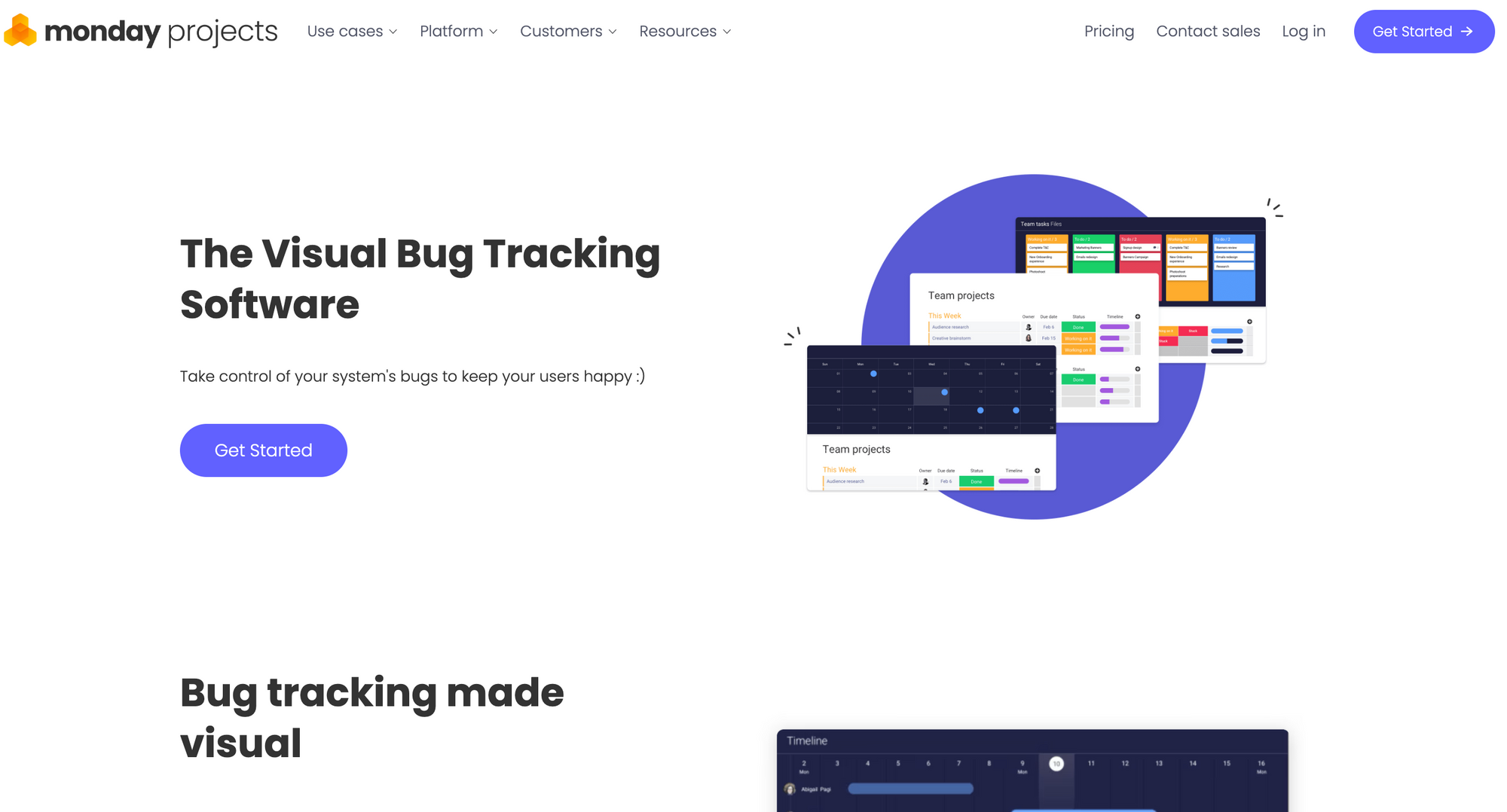
Monday is a project management and bug tracking tool that tracks all bugs in one place and provides a clear overview of bug statuses. It includes features to filter and prioritize bugs and create the right workflow for your team.
3. Bugzilla
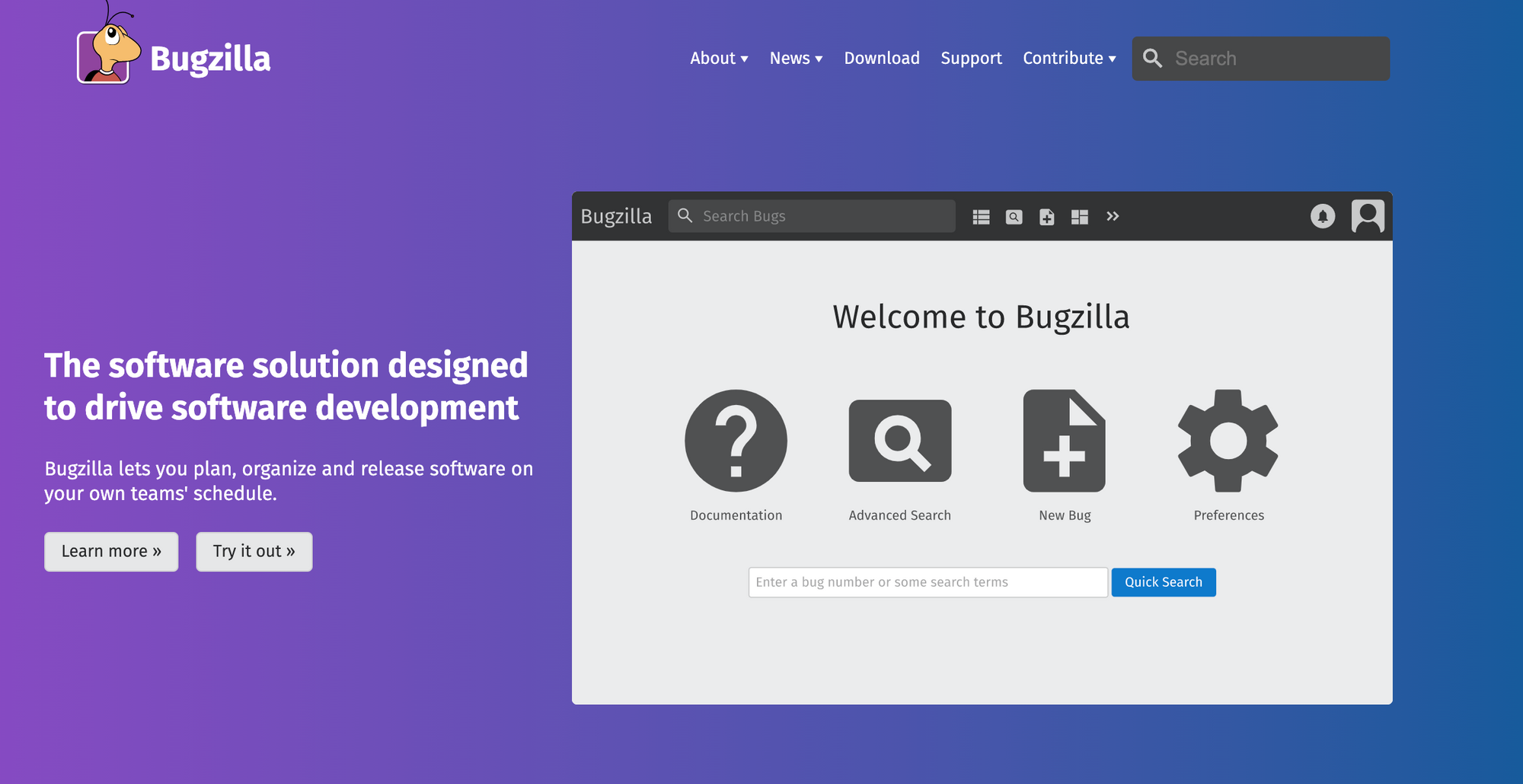
Bugzilla is a defect-tracking system, or bug-tracking system, that allows teams of developers to keep track of outstanding bugs, problems, issues, enhancement, and other change requests in their products effectively.
4. Redmine
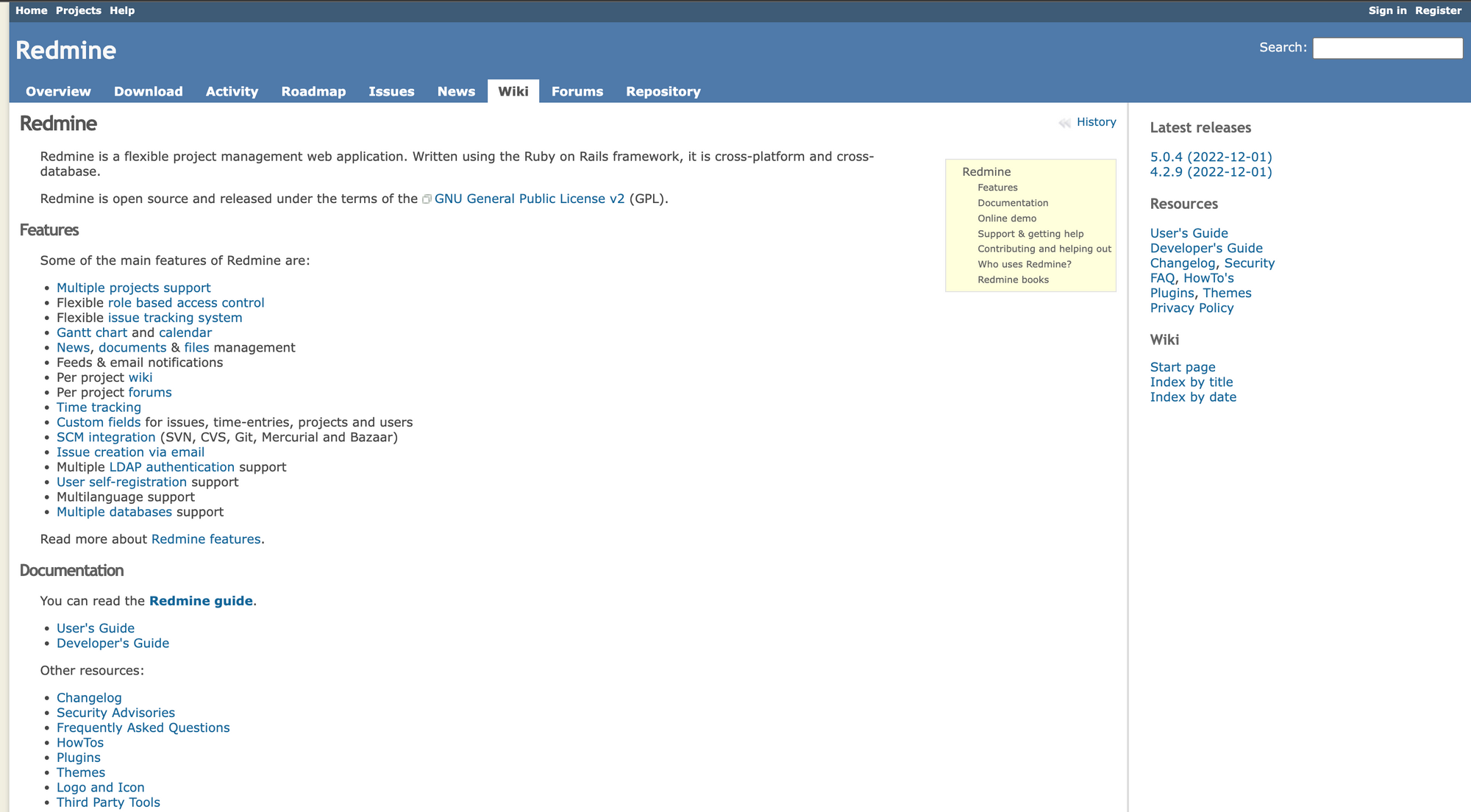
An open-source tool that offers a wide range of features, including issue tracking, time tracking, and support for multiple projects.
5. Asana
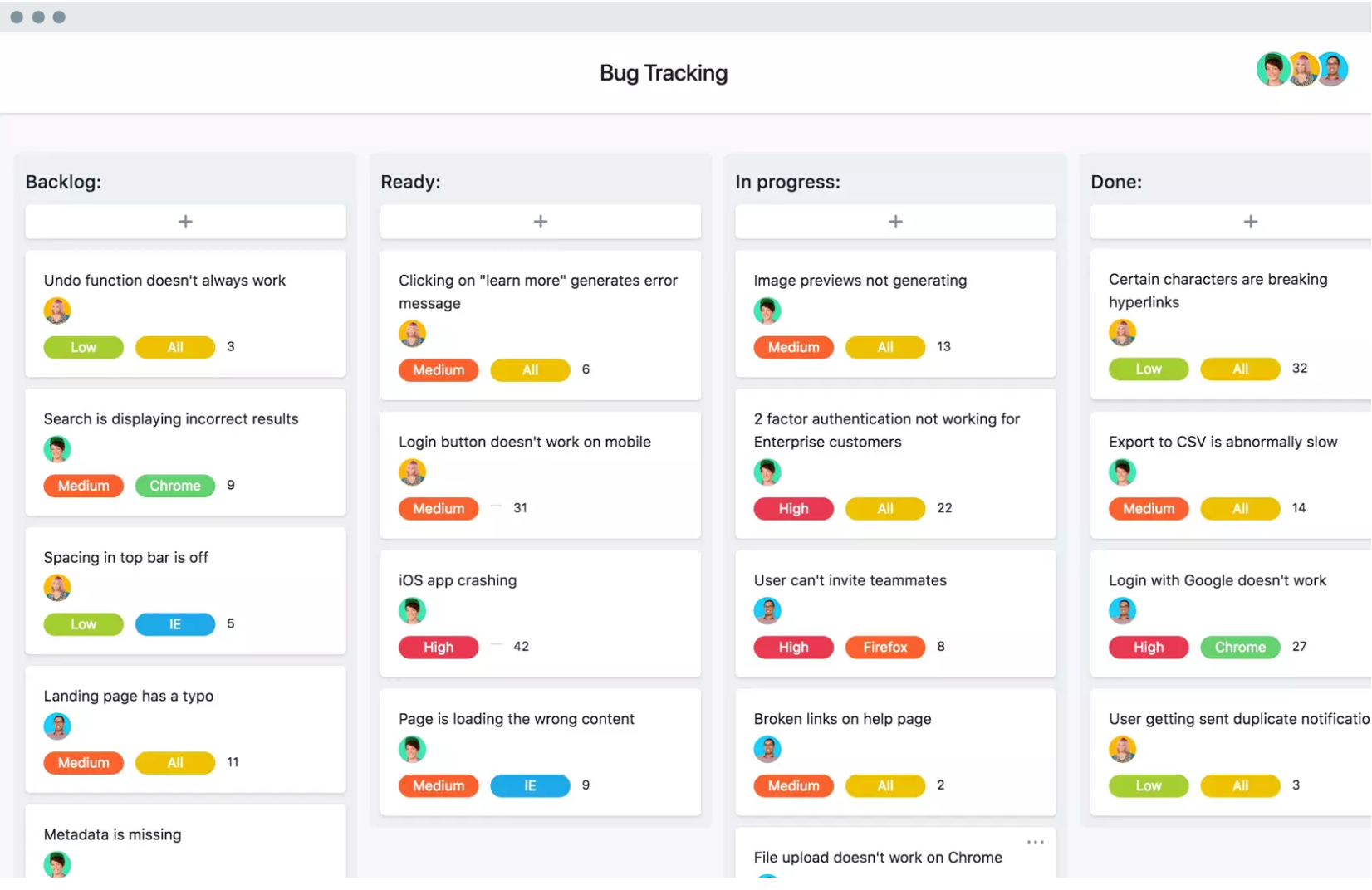
Asana helps teams orchestrate their work–from daily tasks to strategic initiatives. Asana provides bug-tracking forms and templates to collect bugs in one place. It helps identify who’s fixing the bug, supports custom fields to show priorities and categories to see patterns, and gets a pulse on the types of bugs collected, similar to Rapidr.
6. Mantis BT

An open-source tool offering a range of features, including tracking issues, assigning them to team members, and setting deadlines. MantisBT provides a delicate balance between simplicity and power. It helps users to manage their projects while collaborating with their teammates and clients effectively, and close the feedback loop.
7. Jira
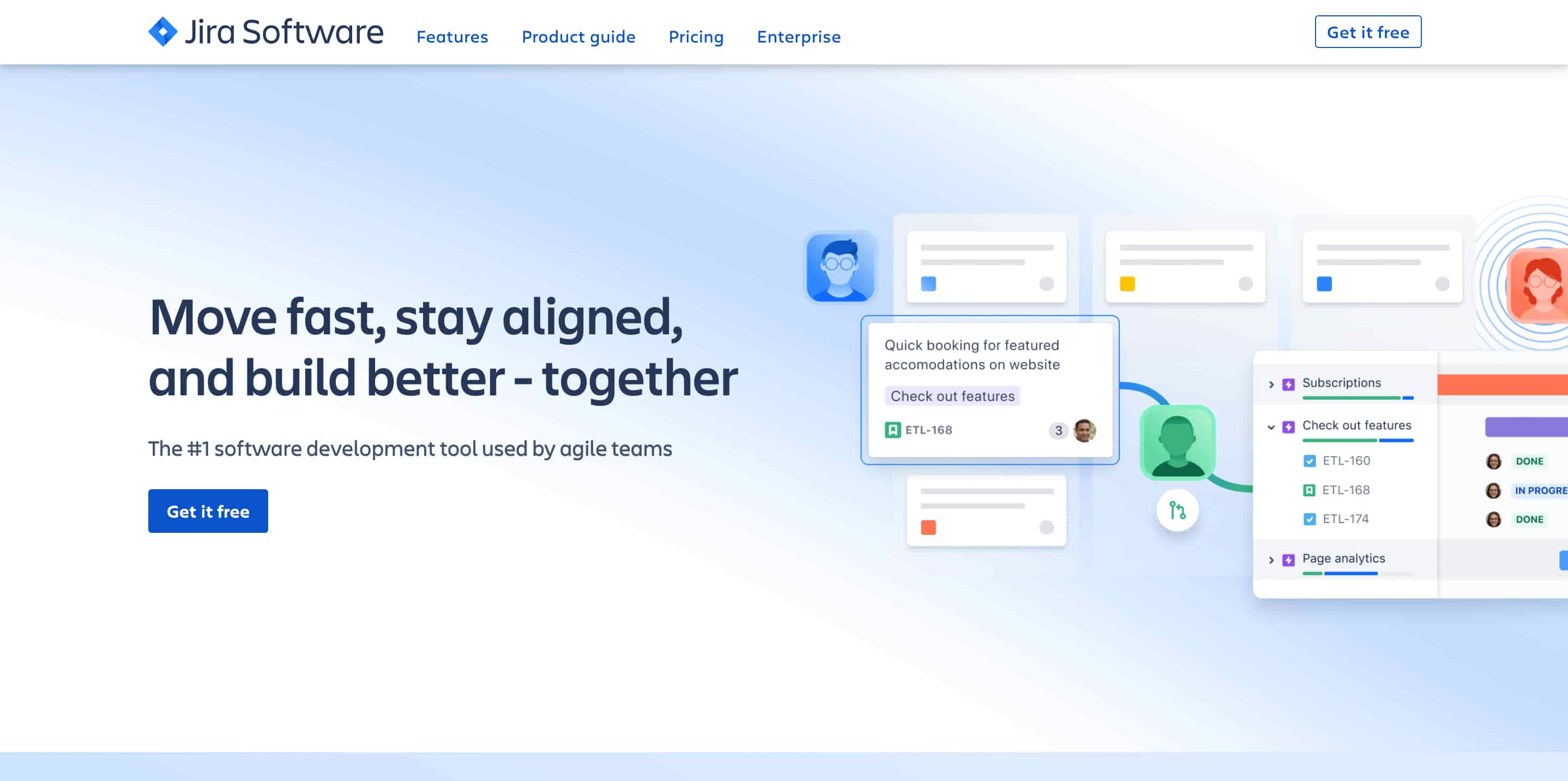
A comprehensive tool that can be used for issue tracking, project management, and agile software development. Jira quickly captures, assigns, and prioritizes bugs. It also provides a clear view of a bug's status and automation notifications as issues transition from backlog to done.
8. BugHerd
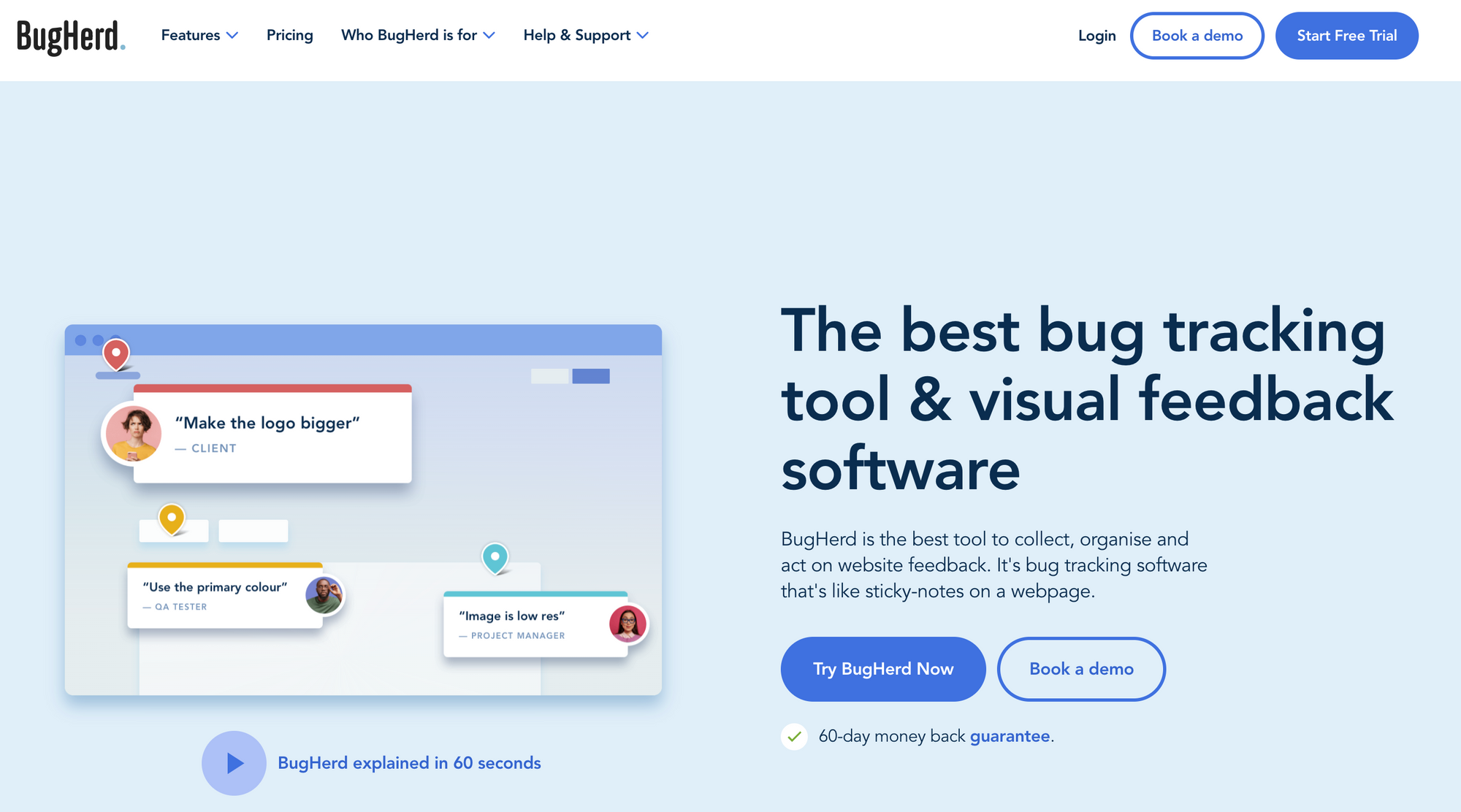
BugHerd is a bug tracking and feedback forum tool that helps teams find bugs and provide feedback on websites and web applications during design, development, testing, and ongoing post-launch.
9. Trello
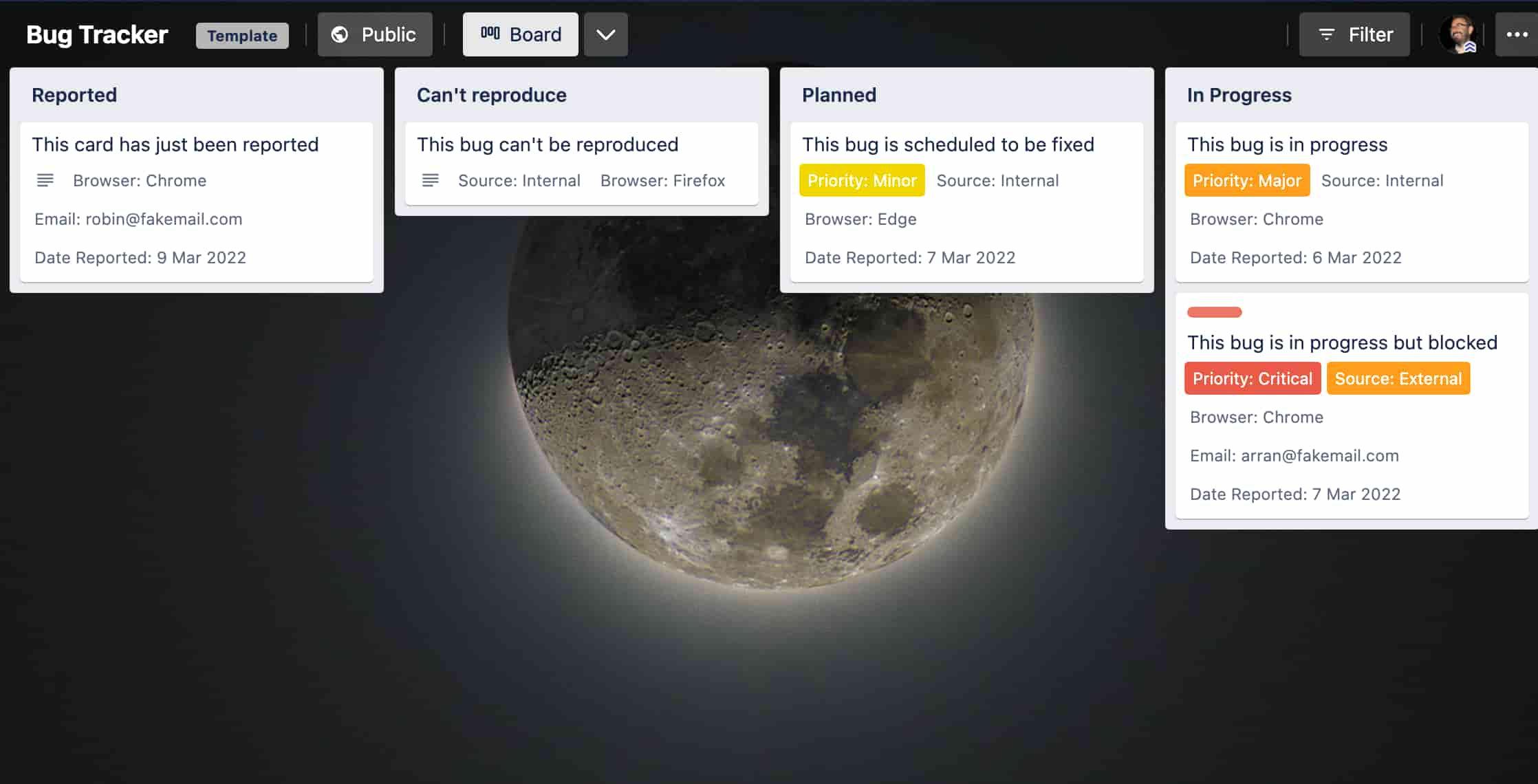
Trello is a project management and visual collaboration tool that helps easily triage incoming bug reports with forms. Trello bug tracking features like sorting bugs by priority and time to fix bugs by priority, assigned members, and custom fields help streamline the bug reporting and tracking process.
10. Clickup

ClickUp is a project management and bug-tracking tool that provides customizable bug-tracking views and task dependencies to help teams resolve bugs in the correct order. It also supports custom task status, tags, and priorities of issues.
11. Userback

Userback provides an easy-to-use multi-purpose widget that will help collect bugs and issues from users and internal teams. Bug reports are automatically captured in your account with handy filters that help quickly manage incoming bugs.
12. Zoho Bug Tracker

Zoho bug tracker is a system that allows users to submit, track, and fix bugs faster with the help of custom workflows, business rules, and SLAs. It also supports custom fields and workflows for projects.
13. Github Issues

A simple issue-tracking tool integrated with the popular code repository platform GitHub. It helps create issues, break them into tasks, track relationships, add custom fields, and have conversations. GitHub Issues visualizes large projects as spreadsheets or boards and automates everything with code.
Rapidr: Best Bug Tracking Tool
For growing product teams, you must decide on a tool to make your customer feedback management process a piece of the cake. Everything should go hand-in-hand, from collecting to analyzing and prioritizing bugs to releasing software updates and building bug-free products.
We recommend Rapidr as the best bug-tracking software. It comes with a modern design and a tight nit feature set that helps capture and prioritize bugs, discuss and vote on them, progress them in the roadmap, and resolve and notify users to close the feedback loop.
Rapidr stacks fairly well against other tools, offers a clean user experience, and has cost-effective pricing plans. Manage and respond to bugs quickly and ship better products with us. Get started and sign up now.

